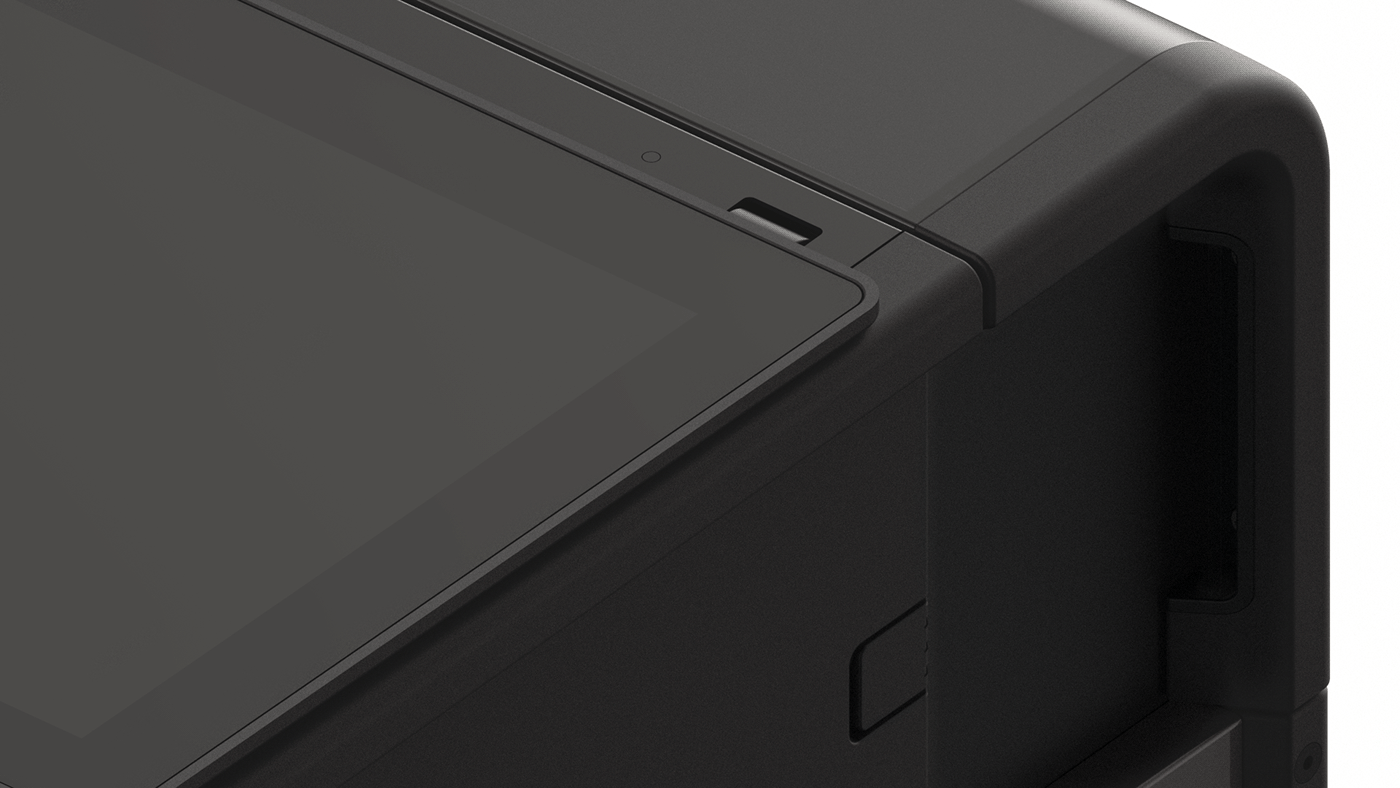Amperia
Amperia, developed by Abselion (formerly Hexagon Fab), is a cutting-edge laboratory instrument designed to streamline scientific investigations. It facilitates biomolecule analysis and protein quantification swiftly, seamlessly, and cost-effectively. By automating tedious manual tasks, Amperia accelerates scientific workflows, freeing up researchers to concentrate on more innovative pursuits.


Early Concepts


I collaborated with the Abselion team to craft an optimal enclosure for the Amperia device. My role involved designing and constructing a tailored enclosure capable of accommodating and supporting the complexity of the device's functionality.
Touchscreen Integration

Adjustable Screen Angle
The screen casing includes a steel wire bracket, enabling multiple angle adjustments to securely hold the screen in place. The slots for the steel bracket are integrated into the ventilation slots, serving a dual purpose of supporting the screen and facilitating cooling.


Concealed Bracket
The steel bracket lies flat beneath the screen casing and attaches easily via a snap on mechanism on the top maintenance panel. Users position the screen by snapping the steel bracket into a slot on the casing. This solution eliminates the need for expensive friction hinges.



Compact Design
When the screen is in a flat horizontal position, it's essential for the device to maintain a compact form. The overall width of the device was dictated by the screen's dimensions, while the design of the device's body complements the screen with both practicality and visual appeal.


Sliding Door Design



Door Handle Integration
The sides of the device feature beautiful design details that are integrated with the product's functionality. The door handle is crafted to enhance the appearance while carefully considering the product's ergonomics.

Maintenance Panels
The enclosure comes with a side panel designed for accessing the internal space of the device with ease for maintenance. The panel can be removed by pressing the button on the side. The visual elements, including the ventilation holes on the low section, are designed with consideration for aspect ratios, functionality and materials contrasts.

"We have the opportunity to radically change how novel medicines are developed. Frankly, a lot of the current drug discovery methods are based on outdated, complicated, expensive and slow technologies. We are bringing in a lot of the novel findings from the domain of nanotechnology, materials science and surface chemistry. We combine them together to produce an instrument that is going to change the speed of biomedical research."
Ruizhi Wang - Founder of Abselion
Ruizhi Wang - Founder of Abselion

